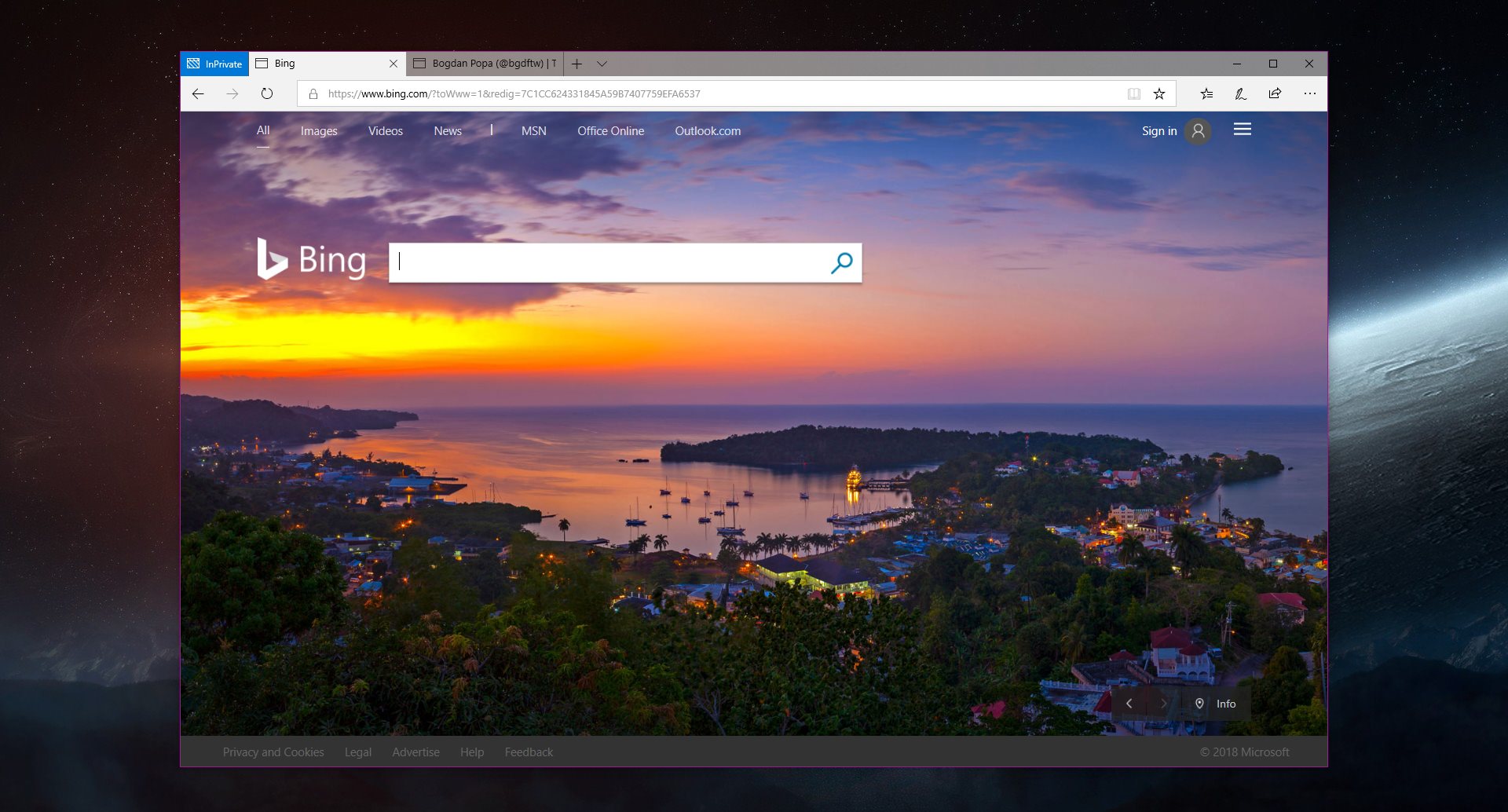

If a Store App is installed in User Context, then the app is actually added after a user signs into the device, which would require elevation to complete this app registration. You can see in the app manifest that Quick Assist uses the “ UIAccess” capability which is used for the remote screen control, and that’s the kind of thing that requires elevated privileges, so UAC comes into play. If you use the Online license or if you assign the app to a User, it will only install in the context of the user, and that would be a problem for Standard Users. This is important because it’s the only way to install a store app in device context and avoid a nasty UAC prompt. The first trick is to install the OFFLINE version of the Quick Assist app from the Store and assign it to the device (not a user!). Installing WebView2 for all users via PowerShell.Installing Quick Assist (offline) from the Store.There are two tricks to making the updated Quick Assist work for Standard Users and I’ll be using Intune to pull it off. The solution is to silently install these things for the users, but the method isn’t entirely obvious. Users are getting a variety of challenges, including UAC Prompts to install Quick Assist, and error messages about missing WebView2 runtimes.

But for organizations, especially those who have been shifting their workforce to be Standard Users (aka non-administrator users) on their devices, things are not going well. Nathan Pfeiferįor a lot of people (mostly consumers) this isn’t a big deal because the “old” app guides them though installing the new one and it’s a one-time thing. To keep your remote assistance sessions secure, you will need to download the new Quick Assist from the Microsoft Store. But starting in June 2022, the built-in Quick Assist app no longer works and has been replaced with a version that’s available via the Store. Just open the app and type in a 6-character code…then BOOM, you’re sharing screens and getting the help you need. It was built-in to Windows 10/11 so using it is (supposed to be) really easy. Quick Assist is a pretty great way to help another Windows user.


 0 kommentar(er)
0 kommentar(er)
